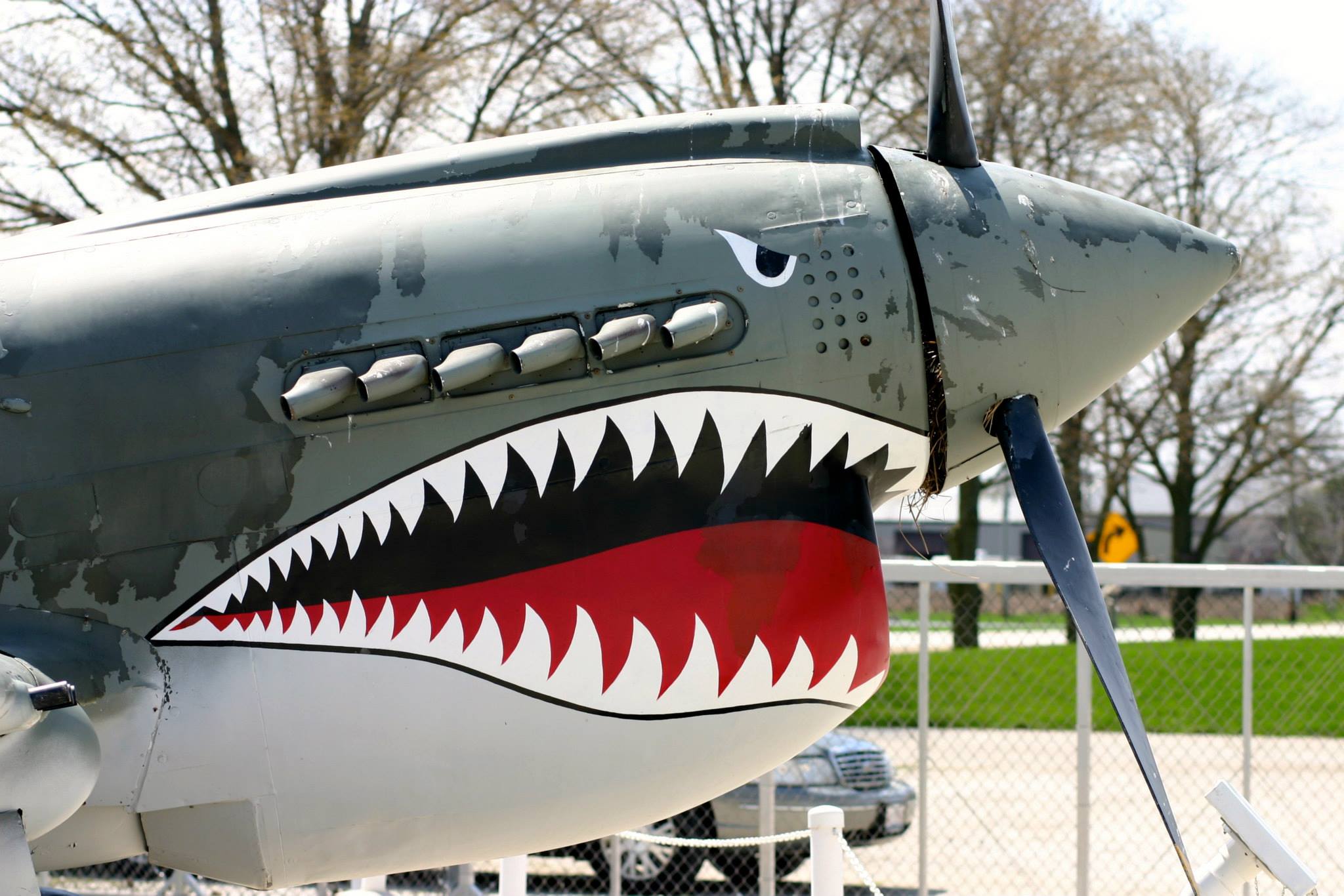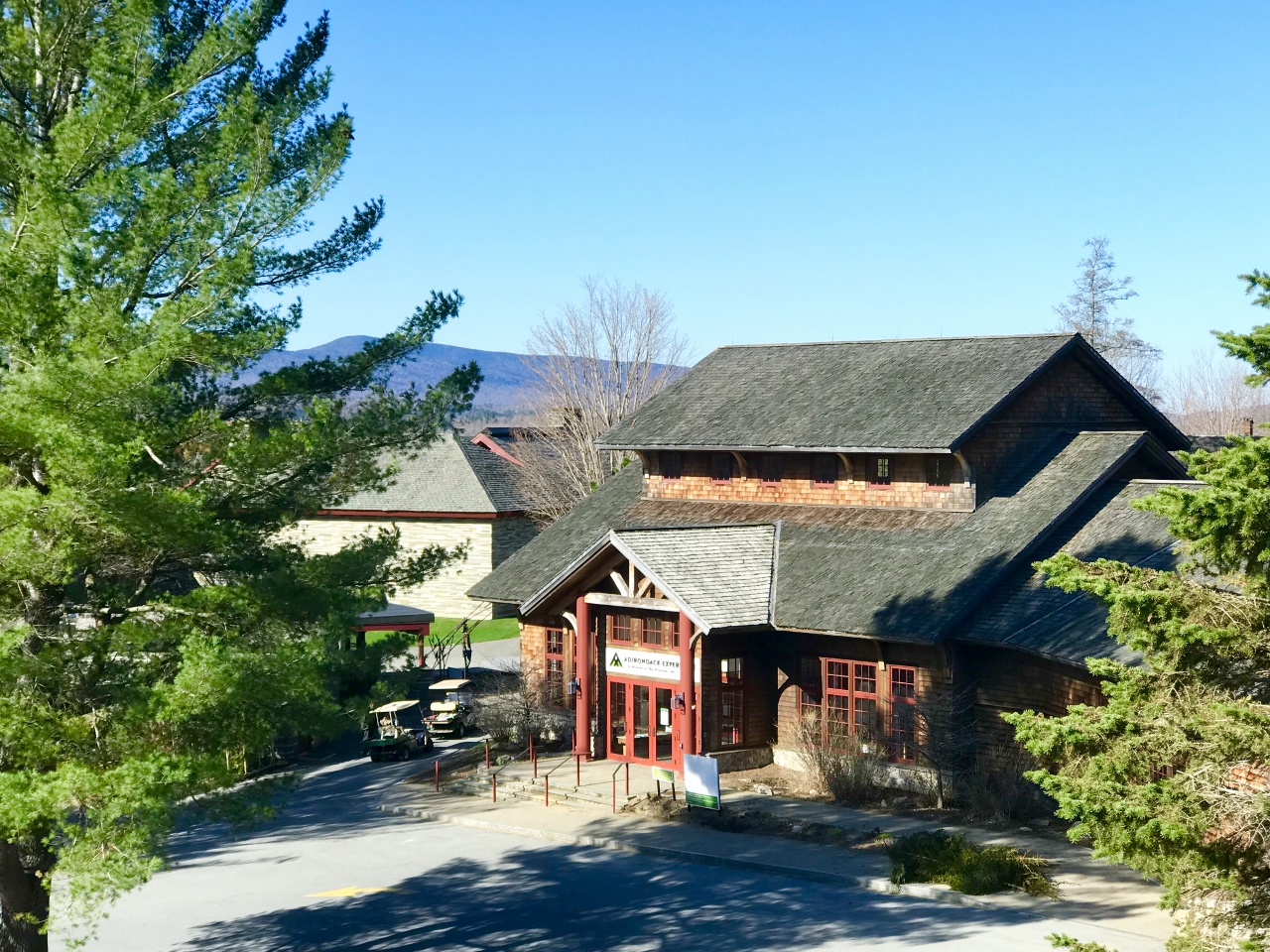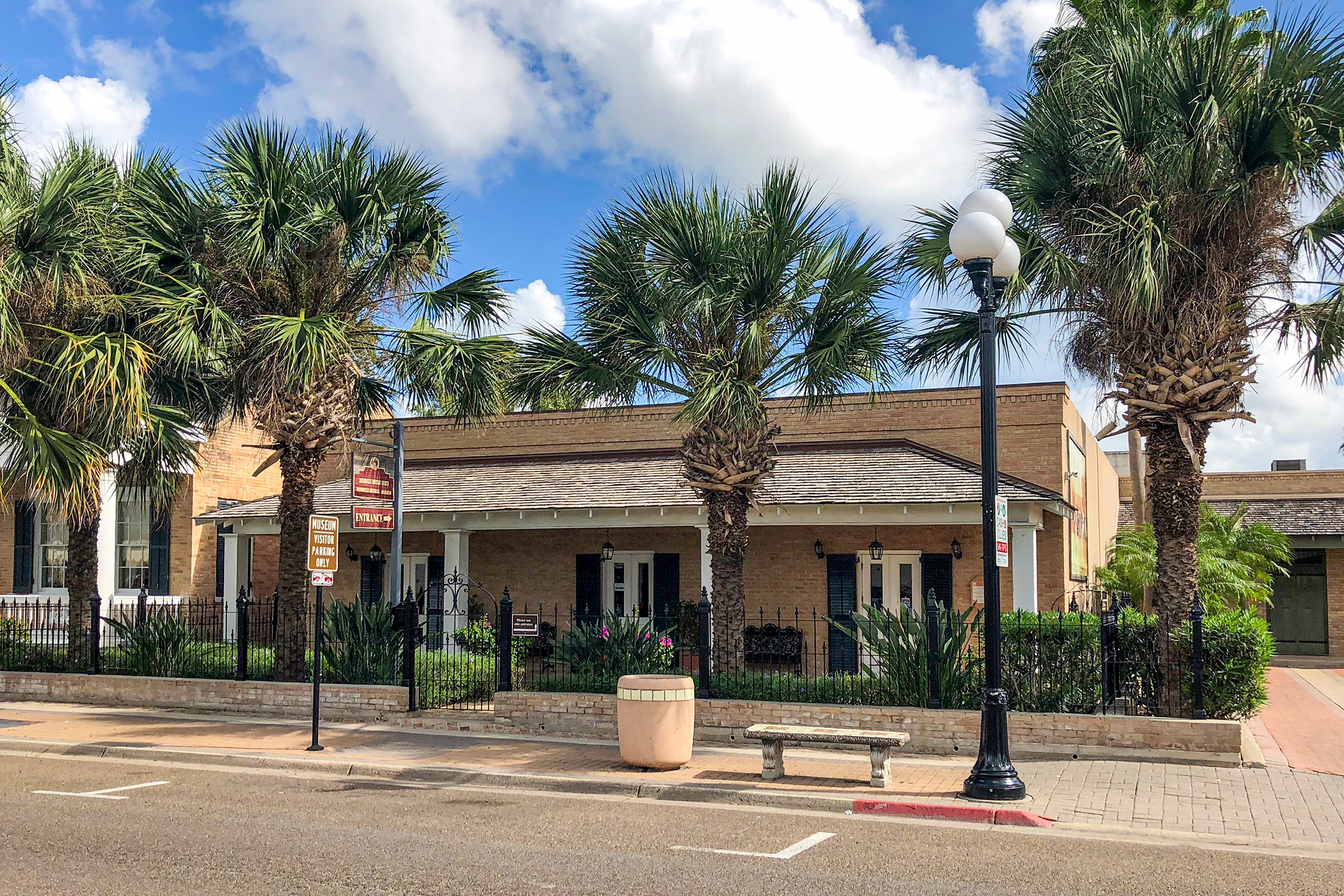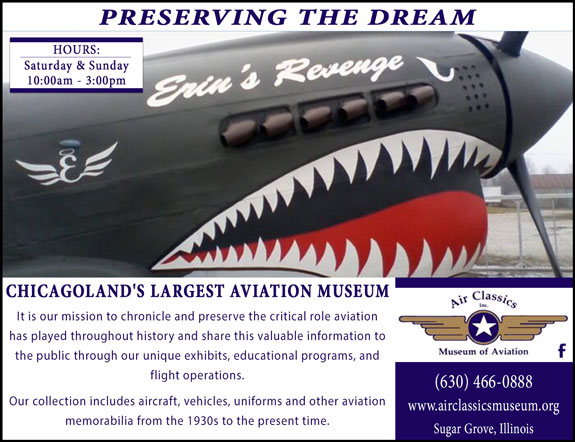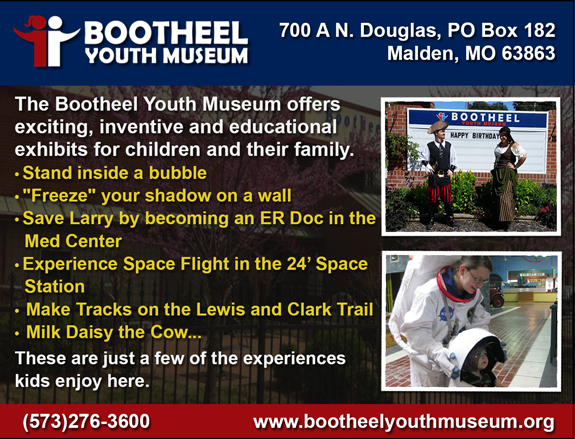Museum Guide News
Museum Guide News
The Western Railway Museum, in Suisun, CA preserves the heritage of the Northern California electric railroad.
We have over 50 historic cars on display, offer 50-minute scenic train rides and 22 acres to explore, the Western Railway Museum is ideal for families and group outings. The Museum features historic railway exhibits, vintage streetcar and interurban train rides, large shaded picnic grounds, a Museum Store, library archives, and Depot Cafe.
Our 50-minute Interurban train rides will take you down the old Sacramento Northern Railroad, an electric line that once ran between San Francisco, Sacramento & Chico. The 11-mile round trip rolls through the Solano County countryside, with its pristine, unchanged farmland and its views of Mount Diablo and the surrounding Marshlands. Our operating fleet consists of trains dating anywhere from 80 to 110 years old. Trains operate every weekend.
Walking around the Museum, you will be able to see trains that once ran in San Francisco, Oakland, Sacramento, Napa, Petaluma, Santa Rosa, and many other places across the west. The Museum has several Carhouse buildings where trains are on display.
A must see is our open air Carhouse 1, it houses historic streetcars from the local area, Many cars displayed in this building are nearing 100 years old. Our Carhouse 3 is our prized storage building, this indoor display building houses the pride of our collection.
On select days in the summer, the Museum is open for walking tours only. Guided tours of the Carhouses will be available at select times between 10:30am and 3:30pm. Guided tours of Carhouse 3 may be available upon request or by reservation.
Make us a part of your visit to Solano County! The Museum is located about 1 hour from San Francisco or Sacramento and only 35 minutes from the Napa Valley. In the local area we have local attractions such as the Jelly Belly Factory and Six Flags Discovery Kingdom for you and your family to visit, as well as areas to hike, bike, gourmet dining and wine tasting in the Suisun Valley
All tickets for the 2025 season can be booked in advance or by calling our front desk at (707) 374-2978. Trains leave on time, so please plan to arrive about 30 minutes before your departure. Visit us online for more information: https://www.wrm.org/
The Air Classics Museum of Aviation is a volunteer-run aviation museum located at the Aurora Municipal Airport (ARR) in Sugar Grove, Illinois.
It is our mission to chronicle and preserve the critical role aviation has played throughout history and share this valuable information to the public through our unique exhibits, educational programs, and flight operations.
We welcome you to view our collection of aircraft, vehicles, uniforms and other aviation memorabilia from the 1930s to the present time. Volunteer veterans offer guided tours of the aircraft located on-site and visitors are encouraged to sit in an A-7 flown in the Gulf War, as well as climb into the pilot's seat of an UH-1 Huey helicopter.
Air Classics chronicles the critical role of aviation and teaches this to the general public and visitors to Chicagoland through its unique exhibits, educational programs, with volunteer opportunities. You won't be dissapointed with all the aviation history we house dating baking to 1930's!
Come visit our museum from April – November in Sugar Grove, IL just outside of Chicago! https://airclassicsmuseum.org/
The Holocaust Museum & Cohen Educational Center in Naples, FL is teaching the lessons of the Holocaust to inspire action against hatred and to promote mutual respect.
The Museums Vision is to live in a world that values mutual respect, free of antisemitism and hatred. The Museums does this through, displaying artifacts and photographs which tell the individual stories within the larger history of the Holocaust, provide educational programs and activities to students at all grade levels and presenting the general public programs and exhibits that highlight elements of our collection and stories related to the Holocaust and other genocides;
The unique origin of the Museum was a Naples, Florida middle school classroom exhibit created by students and teachers studying the Holocaust called “Out of the Ashes.” The motto of the project was “Tell your children to tell their children and their children another generation. We will never forget!” The students knew the important lessons of the Holocaust must always be shared.
In 2001, the exhibit was transformed into a museum and educational center, operating as a 501(c)(3) not-for-profit corporation. With the focus on education, our programs reach over 15,000 students each year and the Museum hosts more than 5,000 visitors annually. The Golden Gate teachers and students would be so proud of the impact “Out of the Ashes” has had!
Today, the Museum houses over 1,000 original photographs and artifacts related to the Holocaust and World War II. These items are displayed chronologically, from the rise of Nazism to the Allied Liberation and Nuremberg Trials. Many of the artifacts have been donated or permanently loaned to the Museum by local Survivors, Liberators and other dedicated people. Of special interest are the photographs, documents and artifacts that belonged to the families of Survivors and Liberators who now live in Southwest Florida, many of whom are volunteers at the Museum.
The Museum is open Tuesday through Sunday from 1:00 pm to 4:30 pm, with last guest entry at 3:30 pm. The Museum is closed on Mondays and the following major U.S. holidays: New Year’s Day, Memorial Day, Independence Day, Labor Day, Rosh Hashanah, Yom Kippur, Thanksgiving Day, Day after Thanksgiving, Christmas Eve Day, and Christmas. Come Visit us at 975 Imperial Golf Course Blvd., Suite 108, Naples, FL and Check us out online: https://hmcec.org/ We look forward to welcoming you!
In BLUE MOUNTAIN LAKE, NY… The Adirondack Experience engages visitors with interactive exhibits, family-friendly activities, and an amazing collection of artwork and historical objects. Here they bridge the past and present, fostering the curious side in everyone.
Explore the only spot in the Adirondack Park where you can row an authentic guideboat, break up a log jam, and activate a mine shaft, all in the same action-packed day.
The ADKX has a number of signature exhibitions that explore the history, culture, and people of the Adirondack region. Life in the Adirondacks is the largest exhibition featuring over 300 artifacts and features a fully immersive experience of the Adirondack Park and its people. Other signature exhibits include: the newly opened immersive art exhibit, Artists & Inspiration in the Wild, featuring several galleries that illustrate how the natural features of the Adirondacks have sparked the creative vision of many artists; Woods & Waters, exploring outdoor recreation in the Adirondacks; Boats & Boating featuring a large collection of authentic Adirondack water craft; and Work in the Woods, exploring the history and tradition of logging in the Adirondacks! Don’t miss their two special exhibits Trail Makers: 100 Years of the Northville-Placid Trail, and Natural Beauty: The Art of Rustic Furniture.
With over 20 historical and contemporary buildings on 121 acres overlooking Blue Mountain Lake, the open-air campus offers plenty to see and do for everyone. From the Minnow Pond Trail and Boathouse, where visitors can take out various styles of Adirondack boats on the water, to fish feeding and activities for the whole family, visitors always find something fun to do at the ADKX!
The Adirondack Experience is open from Friday, May 23, 2025 – Monday, October 13, 2025 - 10am – 5pm | Open 7 days a week, including holidays. The ADKX Research Library is open year round by appointment only.
Make it a point to visit ADKX this year for an unforgettable experience of the Adirondacks in Blue Mountain Lake, NY! For additional information, call 518-352-7311 or visit https://www.theadkx.org/visit/
Save the date! Veterans Appreciation Day at the ADKX: June 28th more details to come soon at https://www.theadkx.org/visit/
The American GI Museum is located in College Station, Texas and is a tribute to the men and women who have served in the United States Armed Forces. It's a place where visitors can learn about the history of American military involvement, from World War I all the way to the present day. The museum features exhibits that showcase uniforms, equipment, vehicles, and personal artifacts from various conflicts, providing insight into the experiences of soldiers throughout history!
The Museum highlights a unique collection of military vehicles from various periods and its collection is fully functional. Each vehicle has been meticulously restored to its original condition so that it both looks and runs just like it did when it first came off the assembly line. The museum’s insistence on maintaining such a well restored collection comes from its mission of educating future generations. At the museum’s annual “Living History Weekend” the public is invited to come experience the rumble of tanks, the whine of engines, the shots of small arms fire, and the blasts of tank and artillery cannons with impressive pyrotechnics simulating authentic firing. We also have an amazing collection of original World War II posters. We are very proud to be able to preserve these pieces of our nation’s past! Each poster tells a different story and holds a significant message.
It's a great destination for both history enthusiasts, families and those with a connection to the military. Located in College Station, Texas the museum is part of a vibrant cultural, academic and recreational setting in the city. Come visit us, as well as enjoy all that College Station, TX has to offer!
Hours: Wednesday – Saturday: 10AM – 5PM and Sunday: 12PM – 5PM"Group tours by appointment: Wednesday - Friday"
Located: 19124 Highway 6 South College Station, Texas - 979-690-0501 https://americangimuseum.org/
The Grissom Air Museum rich in history is located, near Peru, Indiana. The museum was founded in 1981, by seven prior service military personnel who lived in the area.
The Heritage Museum Foundation (HMF) wanted to preserve aircraft that were currently located at Grissom Air Reserve Base, formerly Grissom Air Force Base. The HMF started the Grissom Air Museum in 1982 outside of what then was the main gate of Grissom Air Reserve Base. Prior to May 12, 1968, the base was known as Bunker Hill Air Force Base before it was renamed Grissom AFB in honor of Virgil I. “Gus” Grissom, Indiana native and the second American astronaut into space. He perished in the Apollo I fire on Jan. 27, 1967.
Former home of the 305th Bomb Wing (BW) and the 319th Fighter Interceptor Squadron (FIS) and is now proud to be the home of the 434th Air Refueling Wing. The Grissom Air Museum currently offers 29 aircraft and 4 trainers.
While you are at the museum, sit in an F-4 Phantom, H1-Huey Helicopter, and look at a complete Link Trainer used in WWII, the Gen. William Kepner & Gus Grissom Exhibit, and more. Check out the history of the military base that started in 1954 as the Bunker Hill Air Force Base. Then head outside to 28 military aircraft that served from WW II through Today! Visit the museum when we have our Warbird Cruise-In Car Show or any other one of our events. You are encouraged to take photos of your experiences.
The museum is handicap accessible. RV and bus parking are available on the museum premises. Special admission pricing is available for groups of 15 or more guests. Contact us today to learn more about all the exciting possibilities at Grissom Air Museum. (765) 689-8011 and visit us at: https://www.grissomairmuseum.com/home/welcome
Since 1947, the Brownsville Historical Association has served the local community and created opportunities for every resident to learn about, participate with, and come to an appreciation of the connection between our history and cultural art.
We serve the community through our various museums (featured below) that cover nearly every aspect of Brownsville and the Rio Grande Valley’s history and culture. The vision of BHA is to improve the quality of life for all residents of Brownsville, Texas, and its environs by providing life-long learning experiences about the history, cultural arts, and heritage of the region, and to continue to attract tourism to the heart of Historic Downtown Brownsville. The Brownsville Historical Association serves the community through eight unique locations and numerous programs throughout the year.
BHA, features four museums: The Brownsville Heritage Museum portrays visual images of the historical evolution of the city and surrounding regions from discovery and exploration up to the first half of the 20th Century. The photographs, maps, costumes, and artifacts provide a unique perspective on various aspects of Brownsville life, ranging from street scenes and education to transportation and ranching. The Brownsville Heritage Museum hosts numerous presentations, musical performances, and book signings throughout the year.
The Stillman House Museum is among the oldest surviving structures in Brownsville. The house seen today is the result of additions made by the Trevino family during their time in the house. The original windows, shutters, and doors are still in place and the breezy courtyards enjoyed by the Stillman and Trevino families still offer a respite from the hot Texas sun.
The Historic Brownsville Museum is located at the old Southern Pacific Railroad Depot. Built-in 1928, the Southern Pacific Railroad Depot is recognized as a Texas Historical Landmark and is listed on the National Register of Historic Places. Inside the depot, the museum details the events that led to Brownsville's establishment and display temporary exhibits that highlight various topics related to local history.
The Laureles Ranch House Museum once belonged to the founder of Brownsville, Charles Stillman. Now in its new home, located in Linear Park, the fully restored home offers a rustic setting for parties and special events. Largely used for the outside porch space and the grounds outside the home, this house setting is a unique venue.
Lastly, The Costumes of America Museum is the world of Josefa Ibarra, a woman whose vibrant spirit and fierce dedication to artistry reshaped the landscape of Mexican fashion. Josefa Ibarra, often hailed as "the mother of Mexican fashion design," was born on April 12, 1919. Known for her innovative and avant-garde approach to clothing design, Josefa’s work is characterized by a kaleidoscope of bold colors, unconventional silhouettes, and a fearless embrace of new materials and textures for decades. Today, Ibarra's unique vision has earned her a reputation as a trailblazer in the fashion industry.
We look forward to welcoming you at our Brownsville Museums, please see our website for our museums hours and our online gift shop and to plan a visit: https://www.brownsvillehistory.org/
The Veterans Memorial Museum in Branson, Missouri is a national tribute to the brave men and women who defended our liberties during the 20th Century.
A visit to the museum is a powerful, emotional experience. As you wander the great halls of the museum you’ll be captivated by the stories of these men and women who gave us so much. The museum is filled with the most incredible collection of wartime exhibits covering the heights and depths of human experience.
For those who lived through these wars the memories brought back are vivid and overwhelming. For those that viewed the 20th Century wars through the prism of history, the museum is awe-inspiring. You will be fascinated and thoroughly humbled by this memorial to our veterans. The vast array of exhibits causes reflection and creates an intense curiosity about the personal experiences of the men and women who lived in these uniforms, fired these weapons, lived as a POW, wrote these letters home, wore these medals, played this battlefield organ, flew the planes, rode the motorcycles, and served our country so well.
The Veterans Memorial Museum is composed of ten great halls covering the wars and conflicts fought during the 20th Century. Circulation and viewing start in the World War I Hall, progressing through World War II, Korea, Vietnam, Desert Storm, and more. Each hall features dramatic and thought-provoking exhibits. Sculpture, murals, historical artifacts, objects d’ art, and thousands of authentic memorabilia honor all branches of the service, major battlefronts, campaigns, industrial defense, and more.
The names of the men and women killed in action in WWII, Korea, Vietnam, Persian Gulf, and recent conflicts of the 20th Century are displayed on the walls of the halls.
A Special Note: In Branson every year from November 5th – 11th is Veterans Homecoming Week, with special activities celebrating Veterans ending with a parade! This week will be our 92nd year doing this, so if you can please join us and visit the Veterans Memorial Museum! http://veteransmemorialbranson.com/
The Tillamook Air Museum: History Housing History
Hangar B, the Tillamook Air Museum’s home, was built as part of an ambitious plan to protect the West Coast during WWII. Naval Air Station Tillamook constructed two massive wooden hangars, each using enough lumber to build 279 three-bedroom homes! Construction of Hangar B began in November 1942 and was completed in just nine months.
In 1989, Hangar B was placed on the National Register of Historic Places, securing its legacy as a national treasure. Five years later, it became home to the Tillamook Air Museum, dedicated to preserving aviation and wartime history.
Our collection features legendary aircraft with remarkable service records. The F-14 Tomcat, famously featured in Top Gun, represents the cutting edge of naval aviation. Our F-4 Phantom cockpit, used in the film Sully, offers a glimpse into Cold War airpower. The battle-proven A-7 Corsair II flew 39 missions in the Gulf War, while our B-52 cockpit took part in 14 Gulf War missions and countless operations during Vietnam. And there’s more to discover!
Beyond the aircraft, our Exhibit Hall showcases rare wartime and aviation artifacts, including pieces from Nazi Germany, Imperial Japan, relics dating back to WWI, and items from the September 11th attacks, an important chapter in modern history.
This museum offers a truly unique experience that’s both educational and entertaining for all ages. Whether you’re a history enthusiast or looking for a fun family outing, the Tillamook Air Museum brings history to life in a way that’s both exciting and entertaining. Perfect for kids, parents, and history buffs alike, it’s a one-of-a-kind experience you won’t want to miss! https://www.tillamookair.com/
The Veterans’ Museum in Halls, TN continues to improve exhibits to enhance the visitors’ comprehension of the importance of Dyersburg Army Air Base (DAAB) during WWII.
A diorama, sponsored by Warren Nunn of Halls, vividly depicts the base proper with buildings, layouts, and the three runway locations. This diorama helps locate where it was located in relation to the highways as they are today. In 1942, the four-lane Highway 51 did not exist.
A monument dedicated to the 115 crewmen who were killed in air crashes while stationed at DAAB is now located in the Memorial Garden at the Museum site. The monument was sponsored by Sterling Forsythe, formerly of Ripley.
We will honor all of our fallen veterans at our Memorial Day Ceremony on Thursday, May 22, at 2:00 p.m. By laying a wreath in front of the monument, we express our profound appreciation for all who have given their lives for our country.
The Museum is open Monday-Friday from 9:00 a.m. to 4:30 p.m. and Saturday and Sunday from 2:00 to 5:00 p.m. For information about the Museum and events, call 731-836-7400.
Here are some upcoming events:
Annual Spring Luncheon, Wednesday, April 16, at noon
Memorial Day Ceremony, Thursday, May 22, at 2:00 p.m.
Four Person Golf Tournament, Friday, June 6, at 1:00 p.m. with registration at noon
Flag Day Celebration, Saturday, June 14, at 2:00 p.m.
We look forward to seeing you and hope you'll plan a visit soon! Check us out online for more information: https://www.dyaab.us/


